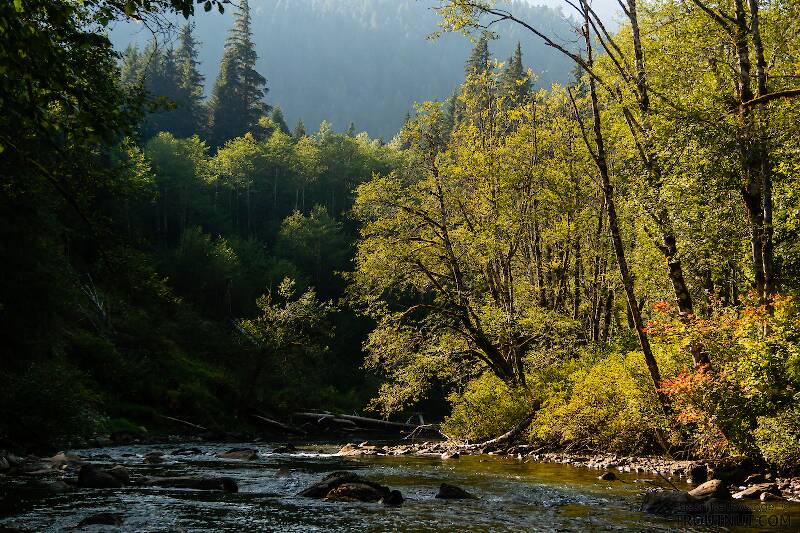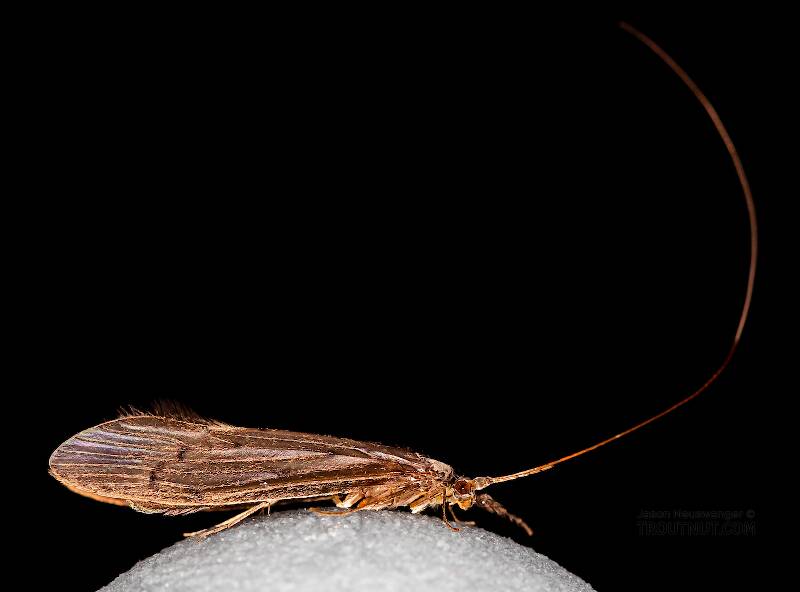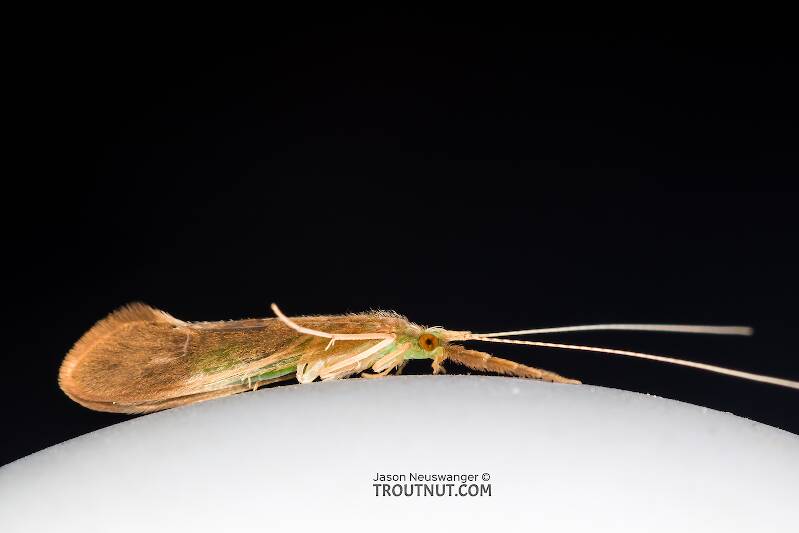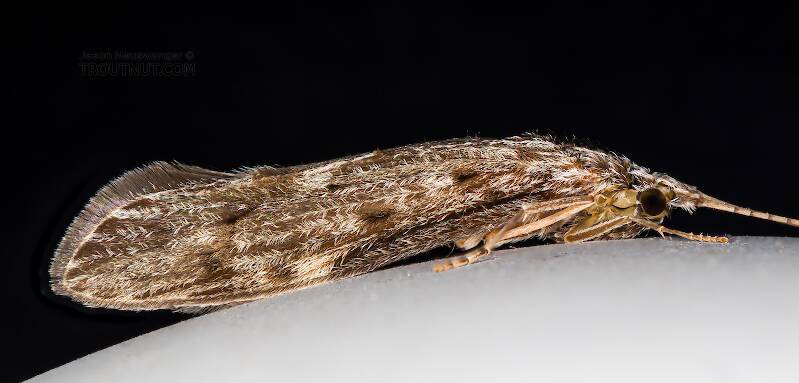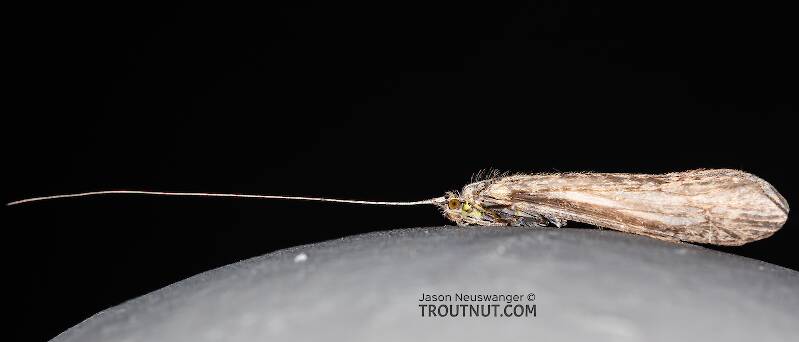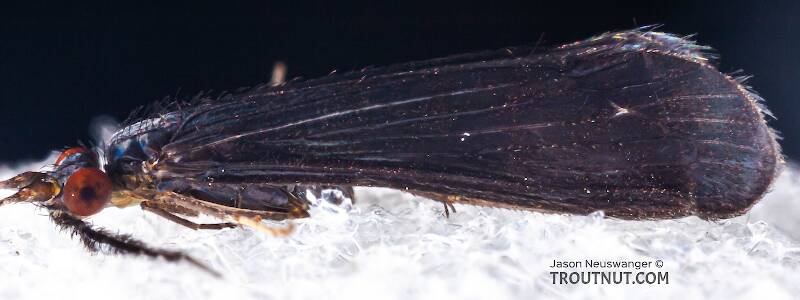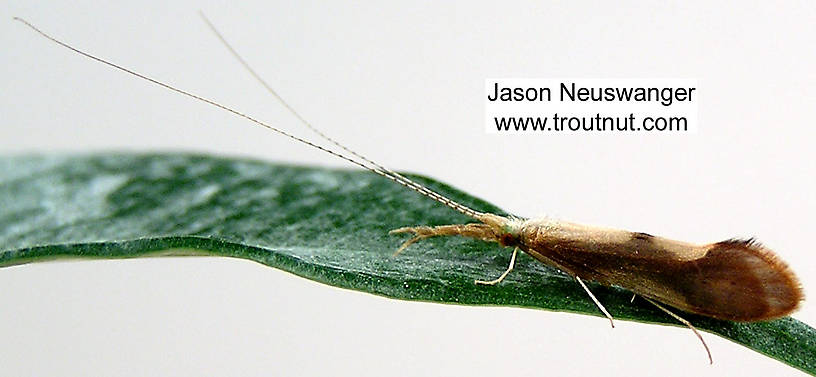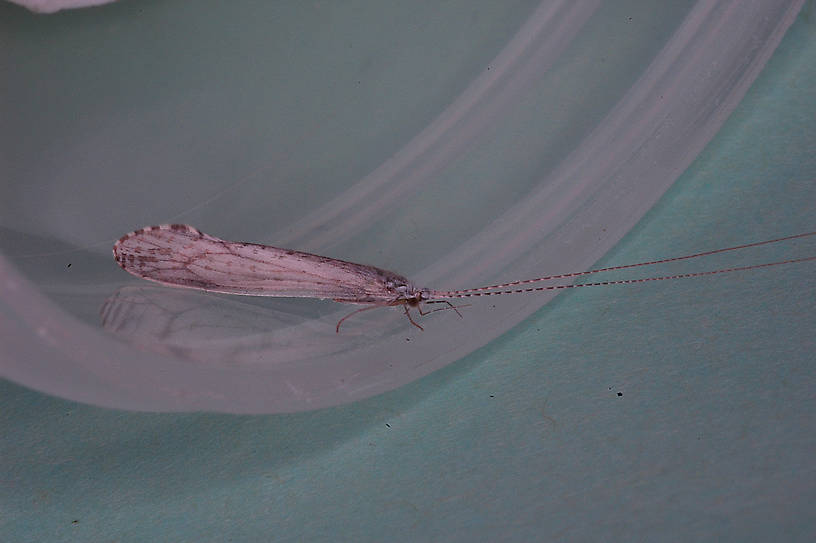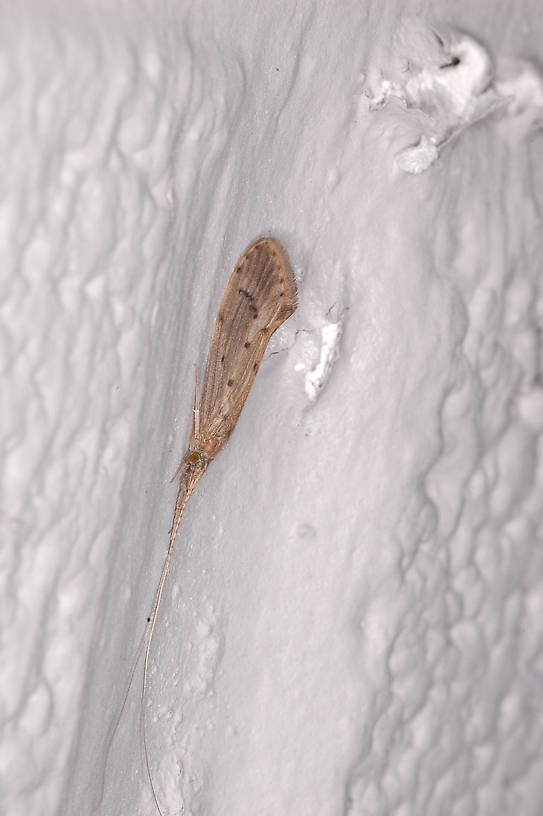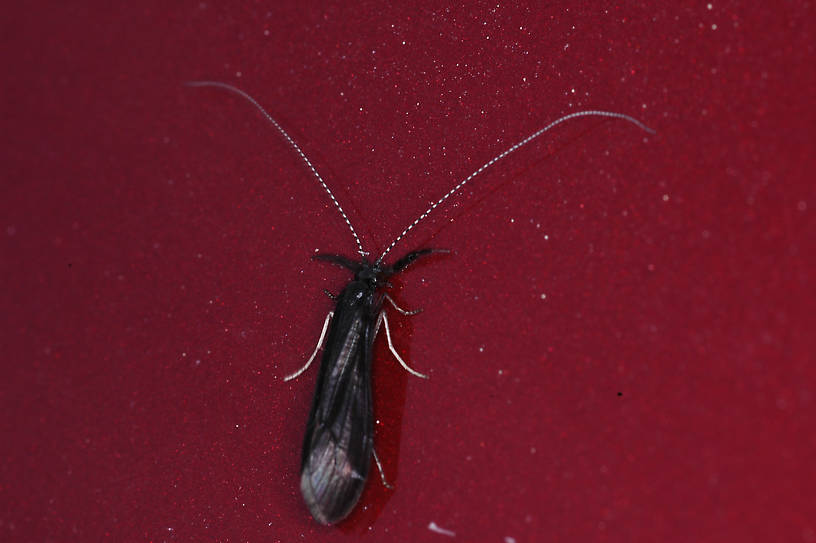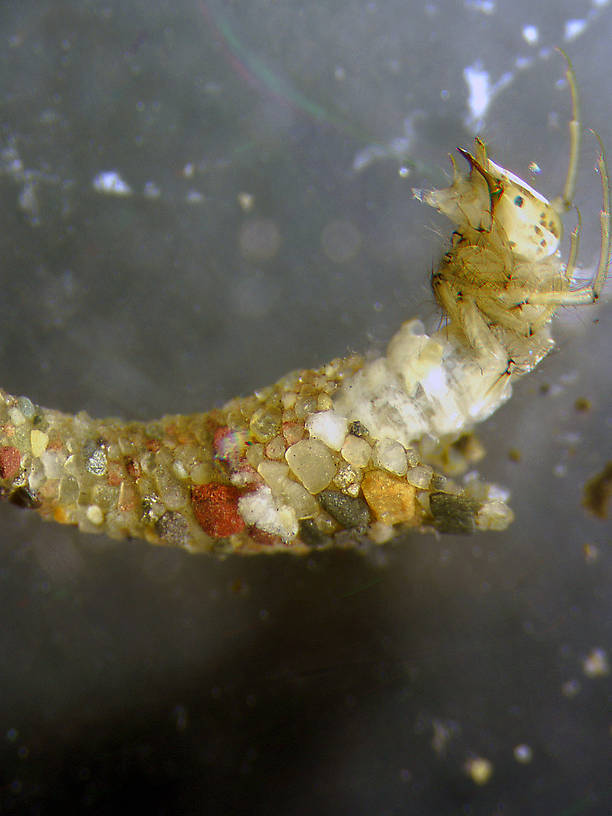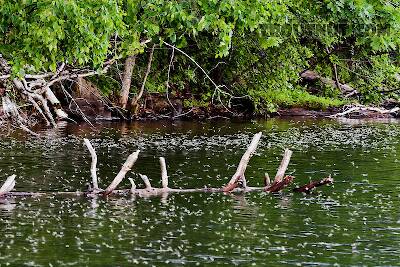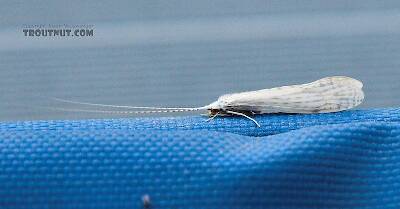
Salmonflies
Pteronarcys californica
The giant Salmonflies of the Western mountains are legendary for their proclivity to elicit consistent dry-fly action and ferocious strikes.
Featured on the forum


Troutnut is a project started in 2003 by salmonid ecologist Jason "Troutnut" Neuswanger to help anglers and
fly tyers unabashedly embrace the entomological side of the sport. Learn more about Troutnut or
support the project for an enhanced experience here.
Caddisfly Family Leptoceridae
Several genera in this family can be important to anglers and cause trout to feed selectively. There is a lot of variability in behavior between each genus, so it's helpful to study each one.
Where & when
In 2585 records from GBIF, adults of this family have mostly been collected during June (28%), July (28%), August (19%), May (12%), and September (6%).
In 1053 records from GBIF, this family has been collected at elevations ranging from -30 to 12631 ft, with an average (median) of 1701 ft.
Family Range
Hatching behavior
Time of day : Usually afternoon or evening, except for Mystacides (morning) and Nectopsyche (nighttime)
Egg-Laying behavior
Females may fall spent on the surface to lay their eggs or dive to the bottom, depending on the species.Larva & pupa biology
Diet: Wide variety, depending on species: may be insects, sponges, detritus.
Shelter type: Cases of various debris, or just silk
Leptoceridae Fly Fishing Tips
The females of this family are smaller than the males, so imitations of egg-layers should approximate the smaller adults.Specimens of the Caddisfly Family Leptoceridae
4 Male Adults
10 Adults
1 Larva
3 Streamside Pictures of Leptoceridae Caddisflies:
Discussions of Leptoceridae
Moved from genus level to N. albida
Posted by Entoman on Jun 15, 2014 in the species Nectopsyche albida
Last reply on Jun 15, 2014 by Entoman
It is my understanding that wing maculation is quite distinctive and consistent in this genus thus allowing species identification using this character. This specimen has been at the genus level for many years and somehow slipped through the cracks.;)
White Miller Bug
3 replies
Posted by MIKE54 on May 3, 2013 in the species Nectopsyche albida
Last reply on May 4, 2013 by Adirman
Where did the name "White Miller" come from, for the caddis bug in the warm Yellowstone waters? I am not interested in the east coast mayfly with the same name. Thanks, Mike Miller.
Does anyone have success fishing this hatch?
9 replies
Posted by Troutnut on Sep 24, 2006 in the genus Mystacides
Last reply on Jan 14, 2011 by PaulRoberts
I've been extremely frustrated several times by trout feeding on Black Dancers, especially on the Brule in Wisconsin. The flies gather in little swarms beneath overhanging alders along the bank, usually within a foot or two of the surface, and "dance" around. A trout or two, usually small, will appear below them and rise steadily.
This is one of the most reliable insect activities on that river in the summer. It's quite unlike any other hatch, since it never affects most of the stream. Instead, there are just little pockets of activity here and there along the bank. It would be interesting to see if some of the trout are Mystacides "specialists" who are conditioned to cruise the banks looking for this food source.
At any rate, I've never had much luck catching these trout. I've tried most often on the Brule but I've run across similar situations on Finger Lakes and Catskill rivers in New York, too. Has anyone cracked the code?
This is one of the most reliable insect activities on that river in the summer. It's quite unlike any other hatch, since it never affects most of the stream. Instead, there are just little pockets of activity here and there along the bank. It would be interesting to see if some of the trout are Mystacides "specialists" who are conditioned to cruise the banks looking for this food source.
At any rate, I've never had much luck catching these trout. I've tried most often on the Brule but I've run across similar situations on Finger Lakes and Catskill rivers in New York, too. Has anyone cracked the code?
Start a Discussion of Leptoceridae
References
- LaFontaine, Gary. 1981. Caddisflies. The Lyons Press.
- Swisher, Doug and Carl Richards. 2000. Selective Trout. The Lyons Press.
Caddisfly Family Leptoceridae
Taxonomy
Genus in Leptoceridae
CeracleaScaly-Wing Sedges
0
0
Leptocerus
0
0
MystacidesBlack Dancers
5
28
NectopsycheWhite Millers
1
4
OecetisLong Horn Sedges
2
2
Triaenodes
1
4
2 genera (Setodes and Ylodes) aren't included.

